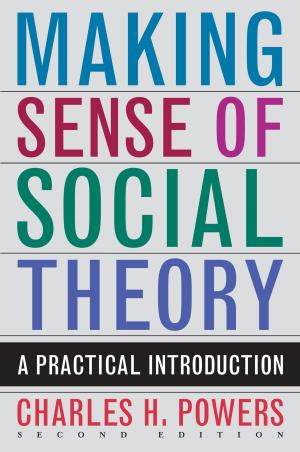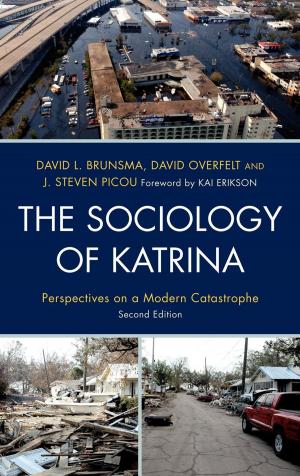Space, Place, and Sex
Geographies of Sexualities
Nonfiction, Social & Cultural Studies, Social Science, Human Geography, Gender Studies, Gay Studies, Feminism & Feminist Theory| Author: | Lynda Johnston, Robyn Longhurst | ISBN: | 9780742567481 |
| Publisher: | Rowman & Littlefield Publishers | Publication: | November 16, 2009 |
| Imprint: | Rowman & Littlefield Publishers | Language: | English |
| Author: | Lynda Johnston, Robyn Longhurst |
| ISBN: | 9780742567481 |
| Publisher: | Rowman & Littlefield Publishers |
| Publication: | November 16, 2009 |
| Imprint: | Rowman & Littlefield Publishers |
| Language: | English |
This accessible and engaging book explores the ways that "space, place, and sex" are inextricably linked from the micro to the macro level, from the individual body to the globe. Drawing on queer, feminist, gender, social, and cultural studies, Lynda Johnston and Robyn Longhurst highlight the complex nature of sex and sexuality and how they are connected to both virtual and physical spaces and places. Their aim is to enrich our understanding of sexual identities and practices—whether they be lesbian, gay, bisexual, transsexual, asexual, queer, or heterosexual. They show that bodies are defined and connected through media such as television, movies, ads, and the Internet, as well as through "real" places such as homes, churches, sports arenas, city streets, beaches, and wilderness. Drawing on a diverse array of historical and contemporary examples, the authors argue convincingly that sexual politics permeate all places and spaces at every level of geographical scale. Thus, they illustrate, sexuality affects the way people live in and interact with space and place, as space and place in turn affect people's sexuality.
This accessible and engaging book explores the ways that "space, place, and sex" are inextricably linked from the micro to the macro level, from the individual body to the globe. Drawing on queer, feminist, gender, social, and cultural studies, Lynda Johnston and Robyn Longhurst highlight the complex nature of sex and sexuality and how they are connected to both virtual and physical spaces and places. Their aim is to enrich our understanding of sexual identities and practices—whether they be lesbian, gay, bisexual, transsexual, asexual, queer, or heterosexual. They show that bodies are defined and connected through media such as television, movies, ads, and the Internet, as well as through "real" places such as homes, churches, sports arenas, city streets, beaches, and wilderness. Drawing on a diverse array of historical and contemporary examples, the authors argue convincingly that sexual politics permeate all places and spaces at every level of geographical scale. Thus, they illustrate, sexuality affects the way people live in and interact with space and place, as space and place in turn affect people's sexuality.















